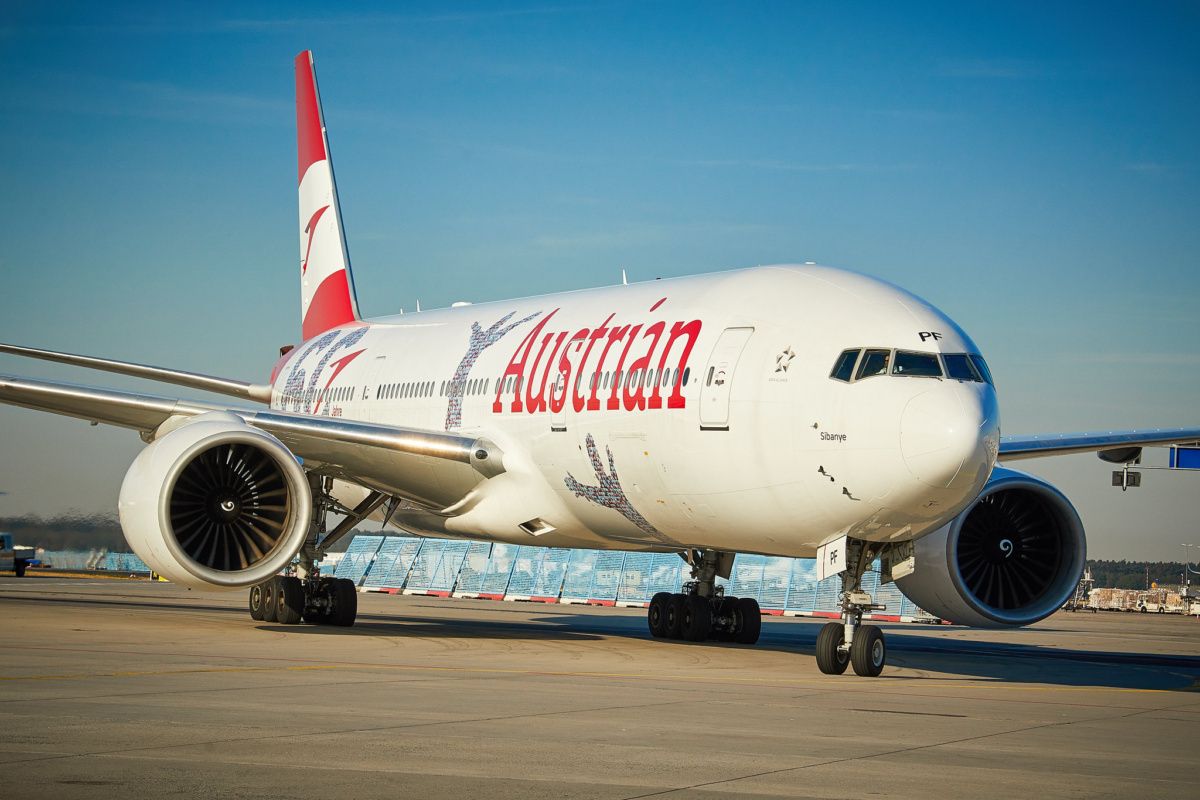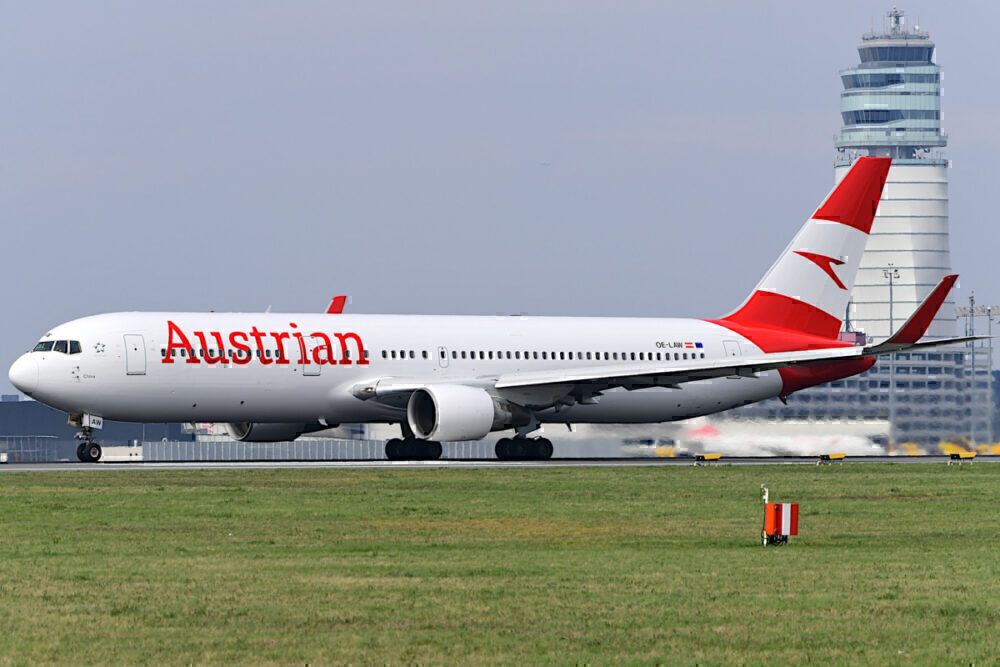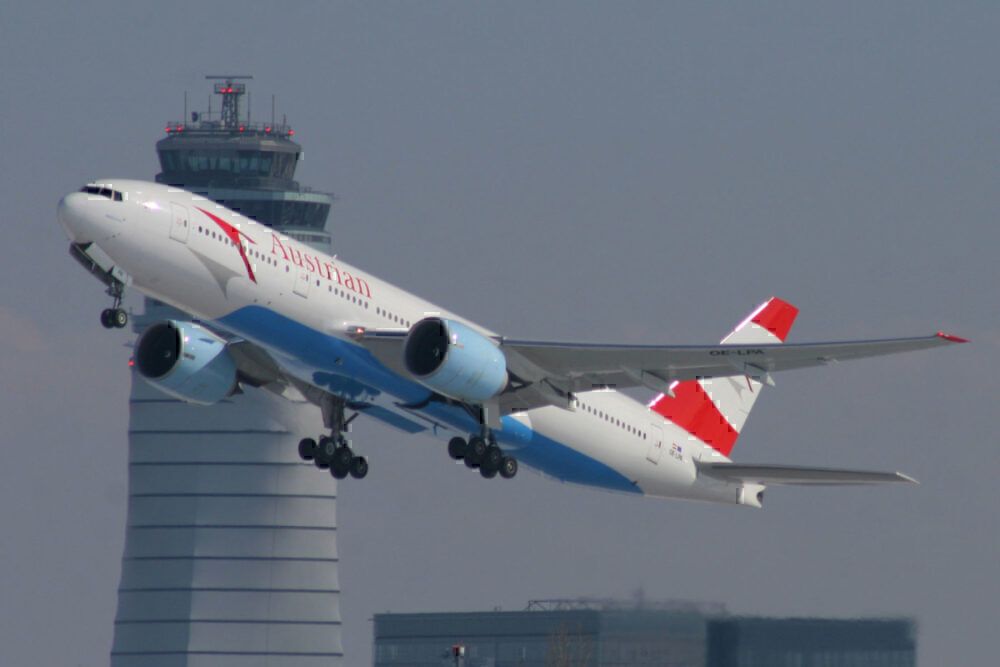The future of Austrian Airlines' long-haul fleet is up in the air, with speculation surrounding the fate of the existing aircraft and whether the airline will keep flying long-haul at all. The Vienna-based airline, owned by the Lufthansa Group, has faced a difficult few years. Now, as the group scrambles to cut costs, questions are being asked about the future of Austrian Airlines' long-haul flying.
Old planes on a limited long-haul network
Austrian Airlines expanded its long-haul ambitions back in the 1990s. However, the airline has since significantly curtailed those long-haul aspirations. Most of Austrian's international flying is now around Europe and into North Africa. But it does retain a handful of decent long-haul routes, including flights to Keflavik, Tokyo, Bangkok, and over to the United States.
Stay informed: Sign up for our daily aviation news digest.
Combined with their regional international flying, Austrian Airlines flew to a respectable 55 countries up until this year.
While Austrian Airlines served regional destinations with its fleet of narrowbody Airbus planes, it dispatched Boeing 777-200s and 767-300s off to its more distant destinations. Austrian Airlines has six of each type. The average age of the Boeing 777-200s is 19.8 years, and the average age of the 767-300s is 24.7 years.
Fresher, newer long-haul planes at Swiss & Lufthansa
In contrast, over at Lufthansa, its bigger and more diverse long-haul fleet is much younger. Even its 24 remaining Boeing 747 aircraft have an average age of just under 11 years. The remainder of Lufthansa's long-haul fleet, comprising 79 aircraft ranging in size from A330-300s to A380-800s, has an average age of about ten and a half years.
Lufthansa also owns Swiss International. This airline does less long-haul flying than its parent, so it has that in common with Austrian Airlines. But unlike Austrian Airlines, Swiss International's long-haul fleet is around the ten-year mark.
That, combined with the relatively seasonal traffic into Vienna and that airport's emergence as a hub for low-cost carriers has people questioning the point of Austrian Airlines continuing its long-haul flying from there. Austrian Airlines also suffers from having a relatively small catchment area around. For many Austrians, it's easier to access Munich Airport.
Austrian Government wants long-haul flying from Vienna
Officially, Lufthansa is committed to Austrian Airlines and Vienna. But that commitment doesn't extend to Austrian's current long-haul operations with its existing fleet. On a certain level, it would make sense for Austrian Airlines to abandon long-haul flying. Owner Lufthansa could funnel passengers onto either Lufthansa or Swiss long-haul flights at airports like Zurich or Munich.
But the Austrian government is believed to be resisting this. They want their national carrier to have the prestige that comes with long-haul flying. When Lufthansa bought Austrian Airlines in 2009, new planes and a continuation of long-haul flying helped swing the deal with the Austrian government.
A clutch of new planes came online at Austrian earlier last decade, but they were all A320s or A321s - hardly suitable for the run to Narita. If the Austrian Government maintains its position regarding the continuation of long-haul flying at Austrian Airlines, the best option may be to take some spare planes from Lufthansa.
In the current downturn, Lufthansa has several planes sitting parked. Offloading Austrian's old long-haul planes and sending a few fresher Lufthansa jets over to Vienna may present as the easiest solution for everyone.



